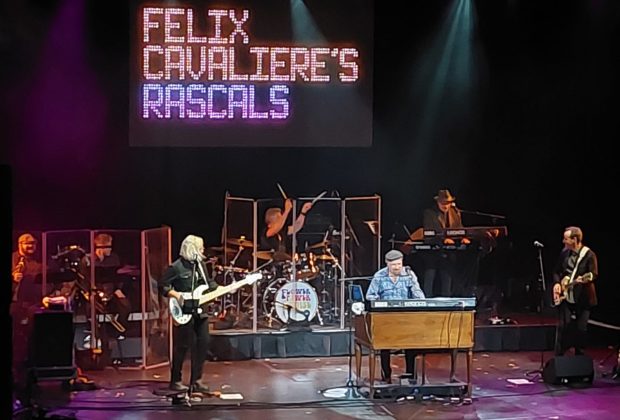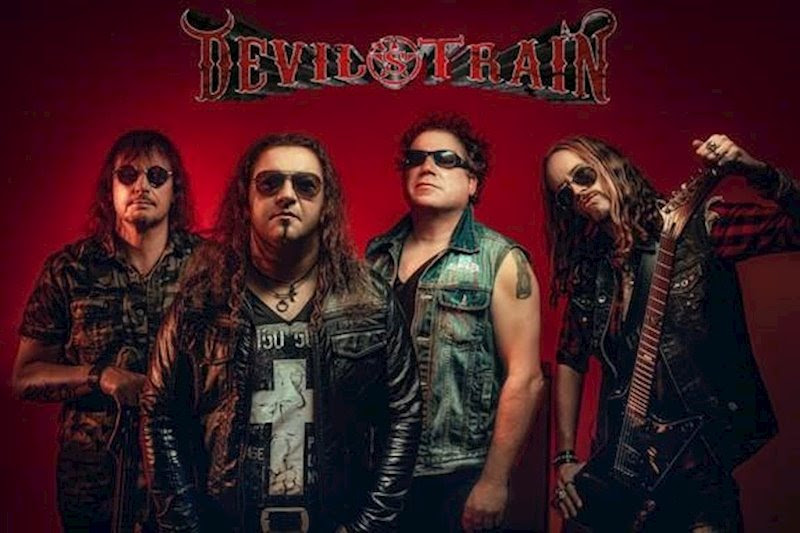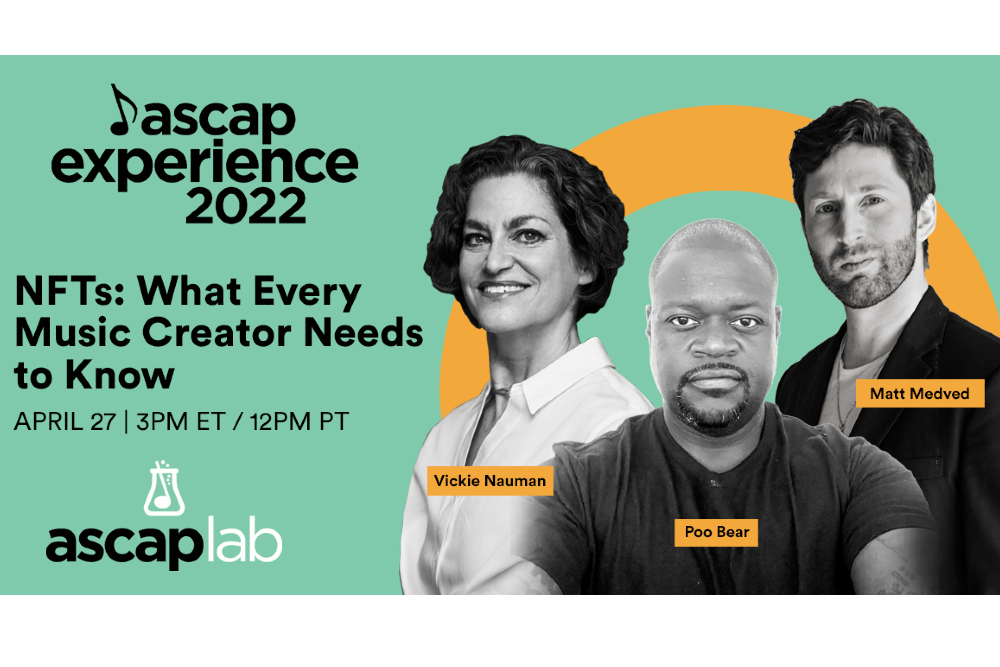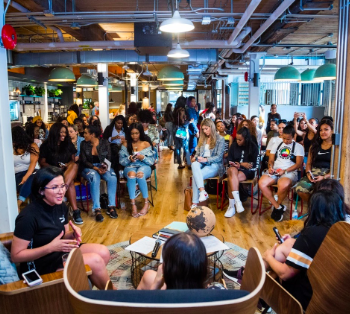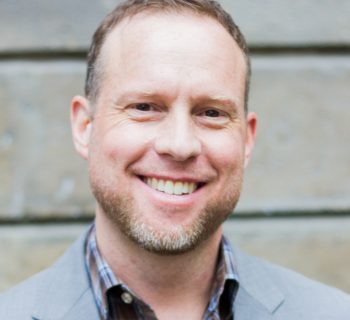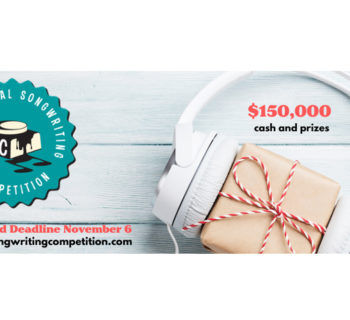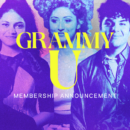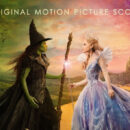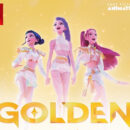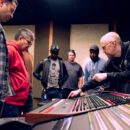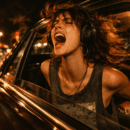From his first classical piano lessons in his childhood home of Pelham, New York, through his years topping the charts, and to his inductions into the Rock & Roll, Songwriter, Vocal Group, Grammy and Musicians Halls of Fame—celebrated songwriter and singer Felix Cavaliere will be publishing his long-awaited autobiography, Memoir of a Rascal, on March 22nd via Ingram Spark.
Cavaliere’s career, which spans over a half-century, is a testament to rock ‘n’ roll: he writes about being galvanized by the new sound legendary disc jockey Alan Freed bought to WINS radio in New York, the pain of losing his mother at age 13, his early band at Syracuse University, a wild ride with Joey Dee and the Starlighters, taking the stage at the famed Hamptons, New York club The Barge with the Young Rascals and eventually becoming leading lights of the pop, rock, and R&B/soul music crusade.
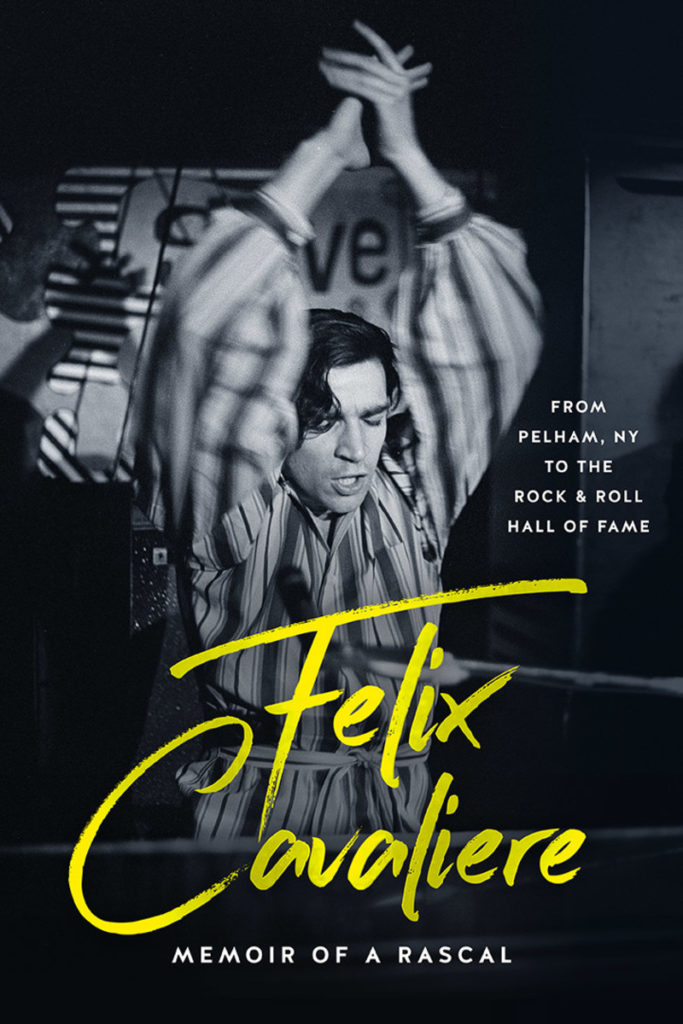 Memoir of a Rascal…From Pelham, NY To The Rock & Roll Hall Of Fame features a forward by rock ‘n’ roll deejay Cousin Brucie. The cover is an original photograph by Linda McCartney taken during the Rascals’ New York City’s The Phone Booth concert.
Memoir of a Rascal…From Pelham, NY To The Rock & Roll Hall Of Fame features a forward by rock ‘n’ roll deejay Cousin Brucie. The cover is an original photograph by Linda McCartney taken during the Rascals’ New York City’s The Phone Booth concert.
Cavaliere’s gregarious writing is enhanced by heartfelt memories of the magic of the Rascals, his spiritual journey and guru Swami Satchidananda’s lifechanging influence, and professional accomplishments including being named to the Musicians Hall of Fame. A bold memoir that touches laughter, loss, lawsuits and love, Memoir of a Rascal is a firsthand account of rock ‘n’ roll history from Cavaliere. Felix’s relationship with Jimi Hendrix is discussed in one chapter.
Poet and future songwriter Stephen Kalinich attended Syracuse University with Cavaliere in 1963. Before Stephen wrote songs for Mary Wilson, PF Sloan, Randy Crawford, and Brian, Carl and Dennis Wilson of the Beach Boys, Kalinich and Cavaliere were in the fraternity house Sigma Phi Epsilon on campus. Stephen remembers pre-med student Cavaliere playing in Felix and the Escorts on the porch steps of the school. “Felix and his group were a hot combo,” recalls Kalinich. “They performed at fraternity and sorority parties. Felix was always a great singer and keyboardist. They recorded a single before he left to go to Europe with Joey Dee and the Starlighters.” This century lyricist Kalinich co-wrote “Soul of the Woman” with PF Sloan on Sloan’s Sailover and Cavaliere supplied keyboard on the track.
Cavaliere’s new album, Then & Now is due in summer 2022.
“I know fans have been asking me for years to finish my autobiography,” offered Cavaliere in a press announcement. “This is for the fans. It’s a blessing to revisit memories and hopefully my story can inspire the next generation of singers and songwriters.”
With No. 1 songs like “Good Lovin’”, “Groovin’”, “A Beautiful Morning”, “I’ve Been Lonely Too Long”, “People Got To Be Free” and “How Can I Be Sure”, the Rascals are considered the best ‘blue-eyed soul’ group to come out of the 1960s.
In a time dominated by the English rock acts of the British Invasion, the Rascals not only survived but thrived. The post-twist New York, New Jersey, and Long Island club scenes bred the band, an outfit whose sound grew more sophisticated as time went on but stayed rooted in the blue-eyed soul.
At first a hard-hitting band reminiscent of the early Animals, the Rascals drew from the same well that fed the then-burgeoning garage rock scene. They delivered blue-eyed soul to folk rock to protest to civil rights, blending white pop melodies with black soul and R&B muscle. Though they never brandished their politics like some bands, the Rascals truly lived theirs, fighting discrimination by demanding that a black act appear on the bill at each of its concerts.
I remember they performed in June 1969 at the Newport ’69 festival in Northridge, California with the Chambers Brothers, Marvin Gaye, Booker T. and the MGs, the Byrds, Three Dog Night, the Grass Roots and Johnny Winter. That August they headlined a bill in Southern California with Sly & the Family Stone in Inglewood at the Forum. In addition, the band forged a bond with the devoted East Los Angeles Chicano music community, partially owing to their local 1966 debut in Hollywood at The Whisky A Go Go and regional television appearances coupled with AM radio airplay on stations KHJ, KRLA and KGFJ. 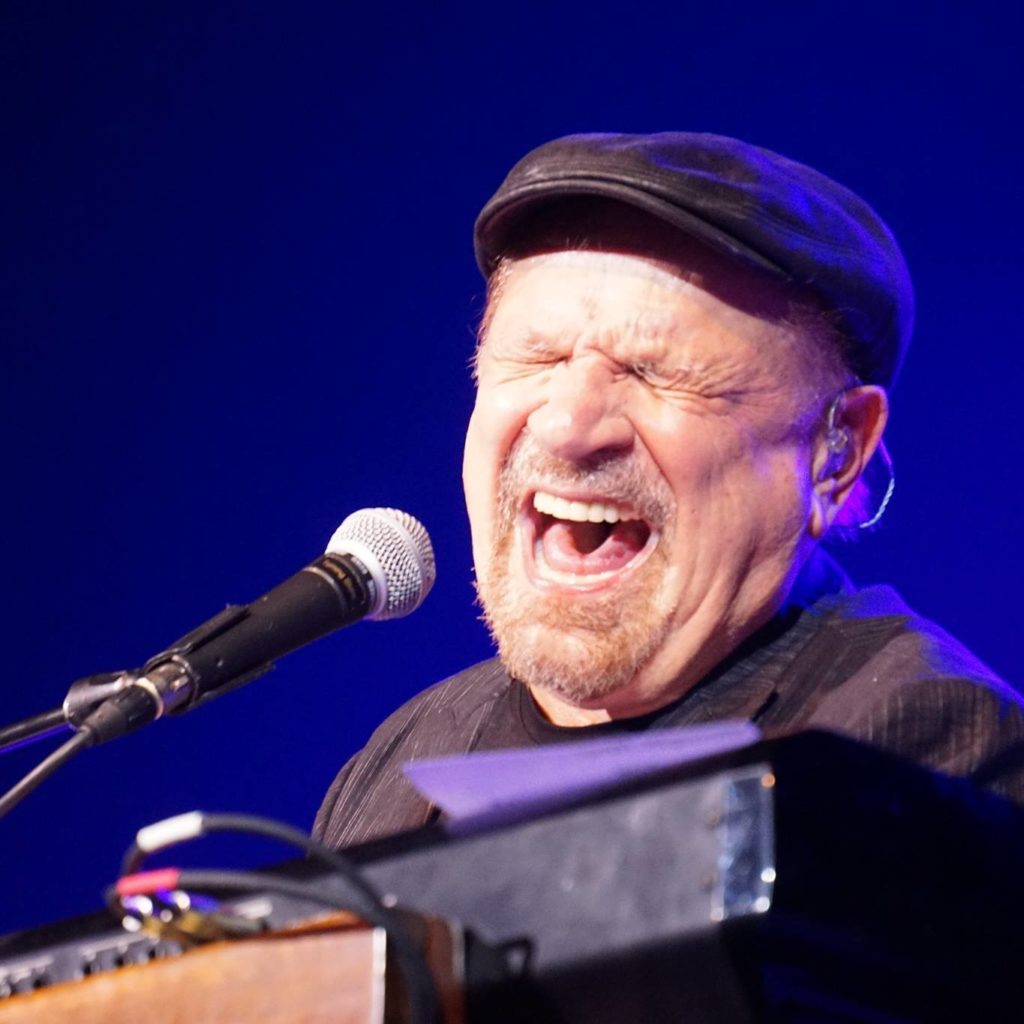
Their music would span the entire decade from the early Go-Go dance parties right through the psychedelic era - and beyond. They released numerous top ten singles in the mid- and late-1960s, including “How Can I Be Sure”, “Come On Up”, "You Better Run", "I've Been Lonely Too Long", “Beautiful Morning”, and the #1 hits "Good Lovin'", "Groovin'", and "People Got to Be Free".
“‘Groovin'’ must be the perfect poolside tune,” suggested record producer/author/deejay Andrew Loog Oldham in a 2013 interview we conducted. “They wanted to produce themselves and a wise Ahmet Ertegun said ‘okay’ and placed them with engineer Tom Dowd and arranger Arif Mardin. That is as a great a combo as the Beatles with George Martin, Norman Smith and/or Geoff Emerick. What magic those Rascals managed to vinyl up in less than two and one half minutes and should be taught in music schools today.”
Cavaliere has been inducted into the Rock & Roll Hall of Fame, Songwriter Hall of Fame, Vocal Group Hall of Fame, Grammy Hall of Fame and Musicians Hall of Fame.
As a solo artist, Cavaliere connected with a new generation of fans with his hit “Only A Heart Sees” in 1979, and in 2008 Cavaliere worked with Steve Cropper on the Grammy-nominated Nudge It Up A Notch. Cavaliere is a 2022 recipient of the Free Speech in Music Award presented by Middle Tennessee University and in April embarks on a Legends Live Tour with Micky Dolenz of the Monkees in select markets.
Felix Cavaliere’s Rascals 2022 Tour
March 28-31 | Flower Power Cruise
April 1 | Southwest Florida Events Center | Bonita Springs, Fla.
April 2 | Center @ Anna Maria Island | Anna Maria Island, Fla.
April 8 | Seneca Niagara Resort & Casino | Niagara Falls, N.Y.
April 9 | Rams Head On Stage | Annapolis, Md.
April 23 | American Music Theatre | Lancaster, Pa.*
April 24 | Keswick Theatre | Glenside, Pa.*
May 12 | Count Basie Center | Red Bank, N.J.*
May 14 | Patchogue Theatre | Patchogue, N.Y.*
June 3 | Palladium Times Square | New York, N.Y.*
June 4 | Lynn Auditorium | Lynn, Mass.*
June 10-12 | Blue Note Hawaii | Honolulu, Hawaii
July 16 | Meadow Brooke Theatre | Rochester, Mich.
More dates being announced soon.
*Legends Live Featuring Felix Cavaliere’s Rascals and Micky Dolenz of the Monkees
During 2013 I interviewed Felix Cavaliere when he was touring with the Rascals’ original lineup -Gene Cornish (guitar), Eddie Brigati (vocals) and Dino Danelli (drums) in their hybrid rock ‘n’ roll concert and Broadway show, Once Upon A Dream Starring The Rascals, produced by Steven and Maureen Van Zandt and Marc Brickman. 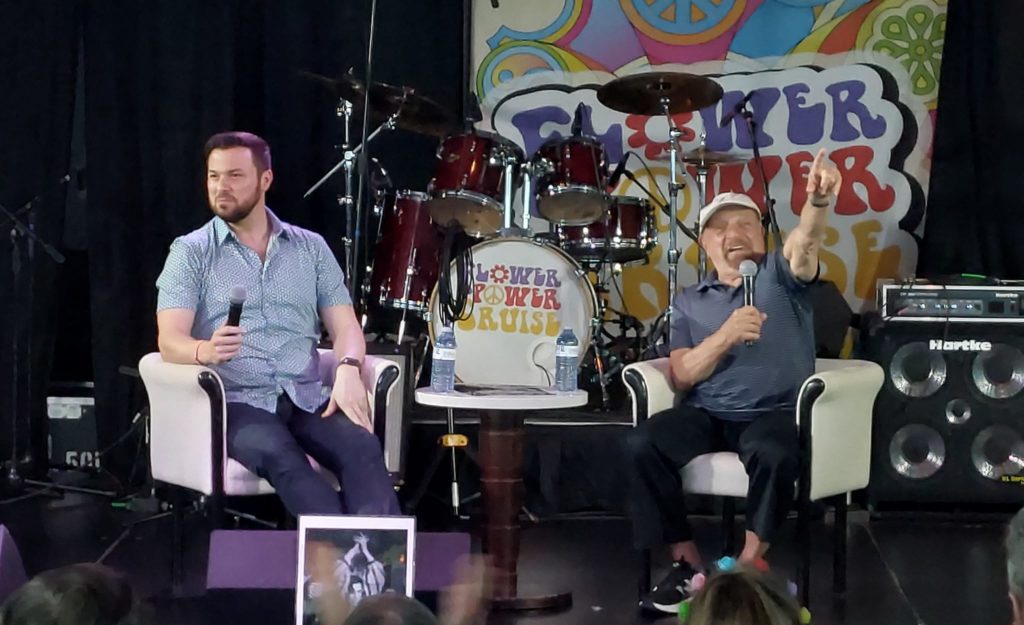
Harvey Kubernik and Felix Cavaliere Interview
Q: Talk to me about the impact of the Beatles and signing to Atlantic Records.
A: Hearing the Beatles…To me it was ‘I could do this.’ The first time I saw them early they were a band playing and singing live. They had not really done what they did with George Martin. I know they had great singers and the players are OK. But they were starting to write their own songs. They had great songs. I thought. ‘I can do this.’ And I wanted to get the best guys I could find. The best singers and musicians. And it worked. From inception to record deal was six months. That’s unheard of. Ahmet courted us. So did Phil Spector. Seriously, I wanted to produce the group. Ourselves. That was the goal. I didn’t want anybody to take hold of this. The good luck was that Atlantic out into the room these geniuses Arif Mardin and Tom Dowd. We opened Arif up to what he was capable of doing. The freedom was there. We had unlimited studio time. And our second record, ‘Good Lovin’’, was number one.
There is a different kind of pecking order once you have a big hit. All of a sudden they have to listen to you a little bit more, you know. It was interesting and a bit pre-mature. In those days the only way you could work in a club was if you did other people’s songs. There was no way in New Jersey or New York you were gonna go in there and play originals. They’d throw you out on your heels. That was it. It was my job our job, to come up with songs that were songs on the radio. And we had to fight for some of them like ‘Mustang Sally.’ They never heard that. But they were legitimately on the black radio stations and bring them to the gig. What a place to test songs. When we played ‘Good Lovin’’ people got up and danced. So you kind of knew instantly what could be a hit record. If in fact it ever got to that level. You could see it and hear it. You had a built in Nielsen type rating thing. But we had all covers. After that the spotlight was on us. And we had to follow a million seller. That’s not easy. The so-called sophomore jinx. So I really put my foot down, ‘You know damn it. We’re gonna write now. No more bringing outside stuff in.’
Q: The Rascals had covered “Good Lovin’” initially recorded by the Olympics a Los Angeles group. Rudy Clark and Arthur Resnick wrote the tune. Then, you cut “Ain’t Gonna Eat Out My Heart Anymore,” penned by Pam Sawyer and Laurie Burton.
A: Initially when we were presented with “Ain’t Gonna Eat Out My Heart Anymore’ I kind of had a crazy reaction to the songwriters coming in ‘cause I wanted to write our own. But we hadn’t gotten to that point yet where we could start demanding stuff. They had a nice soulful thing and were Motown writers. ‘Hey, I’m a kid. Let me learn here and take it to the next step.’ I wanted to do our own thing and from the beginning that was my plan. And again, it was Beatles-stimulated. No question about it. All those English groups really opened the door for us and everybody.
Q: Your Hammond B-3…A propelling aspect of your sound.
A: The Hammond B-3… When I saw an organist playing and singing he was doing bass, rhythm, lead, vocal. And I said, ‘this is really encompassing a whole part of the music spectrum.’ One of the beauties of the Hammond is that it sort of fills in the sonority area where the voices are. So when you have singers and Hammond there is a blend. It really fills a room with this beautiful sound. That’s what turned me on. The overall orchestration of the instruments. The Rascals had studio bassists on the albums, jazz session men. Like the Doors who employed a bass player on their albums.
Q: Can we discuss songwriting.
A: I would write the song, the title and the chorus on every one of those songs. And Eddie and I were living together for a brief time on 79TH Street in New York City. We had a little piano there and I would play them for him and give him an idea what we were talking about. And I really genuinely felt that his verse lyrics were better than my verse lyrics. They were more colorful. I was a little bit more serious. I would get into the spirit or the politics of things.
We had a tough time. ‘You Better Run’ and ‘Come On Up’ came out. And, thank God, this woman came into my life and we started with ‘I’ve Been Lonely To Long.’ And, with ‘I’ve Been Lonely To Long’ and ‘Groovin’ at that point in my life I fell in love and I found a muse. It was just gaga land. I was gone. All of those love songs were about this one particular person. And it was so interesting and the culmination was ‘How Can I Be Sure.’ And then it was over. Things happen for a reason and the reason was to write those songs. That is what she was there for. The word muse is real. The stories were genuinely about being in love. There’s a certain divine thing that happens in every group. And Gene just fit. Initially he wasn’t funky but he learned. Dino was a wild horse drummer.
Q: The important contributions in the studio of arranger Arif Mardin and engineer Tom Dowd.
A: And between Arif and Tommy they calmed it down. I didn’t have my recording chops together but Tom did. We overplayed, like all young kids and learned to chill. Atlantic Records. The thing was that it was not a corporate entity. The studios were open to anyone. Nobody to keep out. One day Otis Redding sticks his heads in and says, ‘My God! They are white.’ Which I loved. That was cool. At Atlantic studio everyone was jealous of us because we had eight-track. Can you imagine that? This is where you put the genius of Tommy Dowd. Forget it. They just knew and had tricks they had developed on the four-tracks that we kind of inherited and learned.
I learned from watching Tom. For example, you put the low bass and the high tambourine on the same track. And you can kind of make a change with EQ’s rather than overdubs and all that. Because we didn’t have any tracks. Stuff like that. Where to put stuff and how to blend stuff. And don’t forget, stereo came in during that period of time. I found out that John F. Kennedy used to fly Tommy to the White House to do his press conferences. ‘Cause he was so enamored with his idea of stereo.
Q: Do you have a theory why the music business really changed during the seventies and corporate rock mentality overtook the retail sales charts and radio airwaves?
A: Once the seventies started, after Woodstock, and in my opinion, it was all over. Corporations came into the fold right after Woodstock, ’Hey man there’s money to be made here.’ Atlantic Records was a tiny label and then WEA. There was no money in the rock and roll business until after Woodstock. Led Zeppelin, I think, really broke the door open for money. OK. Now there’s money. Who comes in? The greed heads come in and do what I always call corporate rock. Which, man, let me tell you, that is exactly what we have now. Corporate production. What are you gonna do? But still, there’s these little pockets of independent people who are making good music.
Photos by Scott Huber, via Facebook
Harvey Kubernik is the author of 20 books, including Leonard Cohen: Everybody Knows published in 2014 and Neil Young Heart of Gold during 2015. Kubernik also authored 2009’s Canyon Of Dreams: The Magic And The Music Of Laurel Canyon and 2014’s Turn Up The Radio! Rock, Pop and Roll In Los Angeles 1956-1972. Sterling/Barnes and Noble in 2018 published Harvey and Kenneth Kubernik’s The Story Of The Band: From Big Pink To The Last Waltz. For November 2021 they wrote Jimi Hendrix: Voodoo Child for Sterling/Barnes and Noble. Otherworld Cottage Industries in 2020 published Harvey’s book, Docs That Rock, Music That Matters, featuring interviews with D.A. Pennebaker, Chris Hegedus, Albert Maysles, Murray Lerner, Morgan Neville, Dr. James Cushing, Curtis Hanson, Michael Lindsay-Hogg, Andrew Loog Oldham, Dick Clark, Ray Manzarek, John Densmore, Robby Krieger, Travis Pike, Allan Arkush, and David Leaf, among others. Kubernik’s writings are in several book anthologies, including The Rolling Stone Book Of The Beats and Drinking With Bukowski. Harvey wrote the liner note booklets to the CD re-releases of Carole King’s Tapestry, Allen Ginsberg’s Kaddish, Elvis Presley The ’68 Comeback Special and The Ramones’ End of the Century. Kubernik is active in the music documentary world. During 2020 Harvey served as a Consultant on the 2-part documentary Laurel Canyon: A Place in Time directed by Alison Ellwood.

